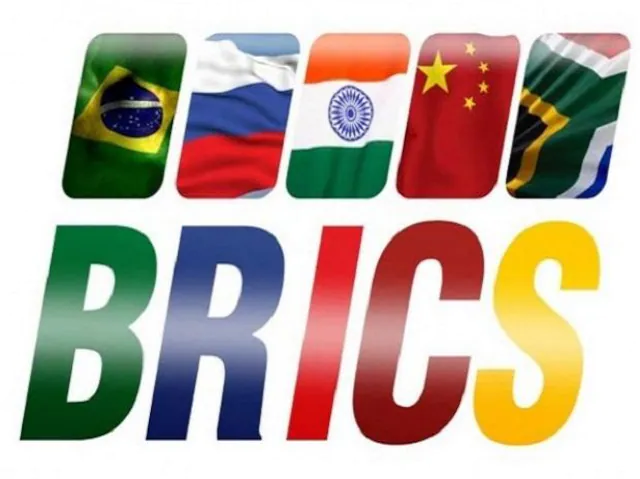Tensions ran particularly high this year when two Indian engineers were shot, one fatally, in Kansas
With Prime Minister Narendra Modi of India set to meet President Trump on Monday for the first time, many Indians in communities like this one have had high hopes for the relationship between the two leaders — both of whom swept to power as media-savvy political outsiders pledging to revive their national economies.
In a string of storefronts here in “Little India” that pay tribute to Hindu deities, Yogi Patel, 52, runs the Laxmi Pan Center, which is named after the goddess of wealth and sells a betel nut breath freshener. He has lived in the United States for 32 years and is a strong supporter of Mr. Trump.| economy policy
“Trump is doing the right thing. He’s doing good for U.S. citizens and America,” he said, switching between English and Hindi to explain that he grew up in Gujarat, the state that Mr. Modi led as chief minister before the 2014 election. “And I am from both countries.”
But as Mr. Trump has tried to crack down on immigration and withdrawn from the Paris climate agreement, singling India out as a country that has gained unfairly from the accord, the meeting of the two leaders with nationalist leanings and sizable social media followings has taken on a more complicated tone for others in the Indian diaspora.
economy news| Mr. Trump is “a little bit unpredictable,” said Vasudev Patel, who voted for Mr. Trump and is the secretary of the Overseas Friends of Bharatiya Janata Party, USA, Mr. Modi’s party. “Nobody knows when he will make what comment. And the next day he will say he didn’t say that. He’s like an Indian politician.”
Of the roughly three million people of Indian descent in the United States, 65 percent are Democrats or lean Democratic, according to a 2012 survey by the Pew Research Center. But on both sides of the debate, political analysts say last year’s election has ignited a wave of political engagement among Indians in the United States, and that is also driving interest in this week’s meeting.
“Most immigrants who come are really trying to make a life for themselves and their families. They’re really concerned about the mortgage on the house, the papers to get their green card, family back at home,” said Devesh Kapur, a professor at the University of Pennsylvania and an author of “The Other One Percent: Indians in America.”
“This has now become a wake-up call that they cannot stand as aloof,” he added.
The diaspora in the United States sees itself as a wealthy and powerful segment of the population, with Indian-born business leaders, including Microsoft’s Satya Nadella and Google’s Sundar Pichai, rising to prominence in recent years.
The median income of an Indian-American household is $88,000, well above the $49,800 average for the United States as a whole, according to the Pew survey. And 38 percent of Indian-Americans have advanced degrees, compared with just 10 percent of the rest of the United States population.
“Indian-Americans or Indians here are politically active,” said Tanvi Madan, the head of the India Project at the Brookings Institution. “They are in the policy space. They have integrated in a substantial way. You see them on prime-time television show and in sports.”(read more)



No comments:
Post a Comment